UAE is a land replete with luxury resorts.
They all, more or less, offer an amazing five-star hospitality experience; try and out-do each other with theatrical architecture and interior design splendors; and wow their guests with lavish fine-dining buffets.
But Al Yamm Villas have something that sets them apart…
You go to take a photo of a scrumptious dessert, and HELLO!
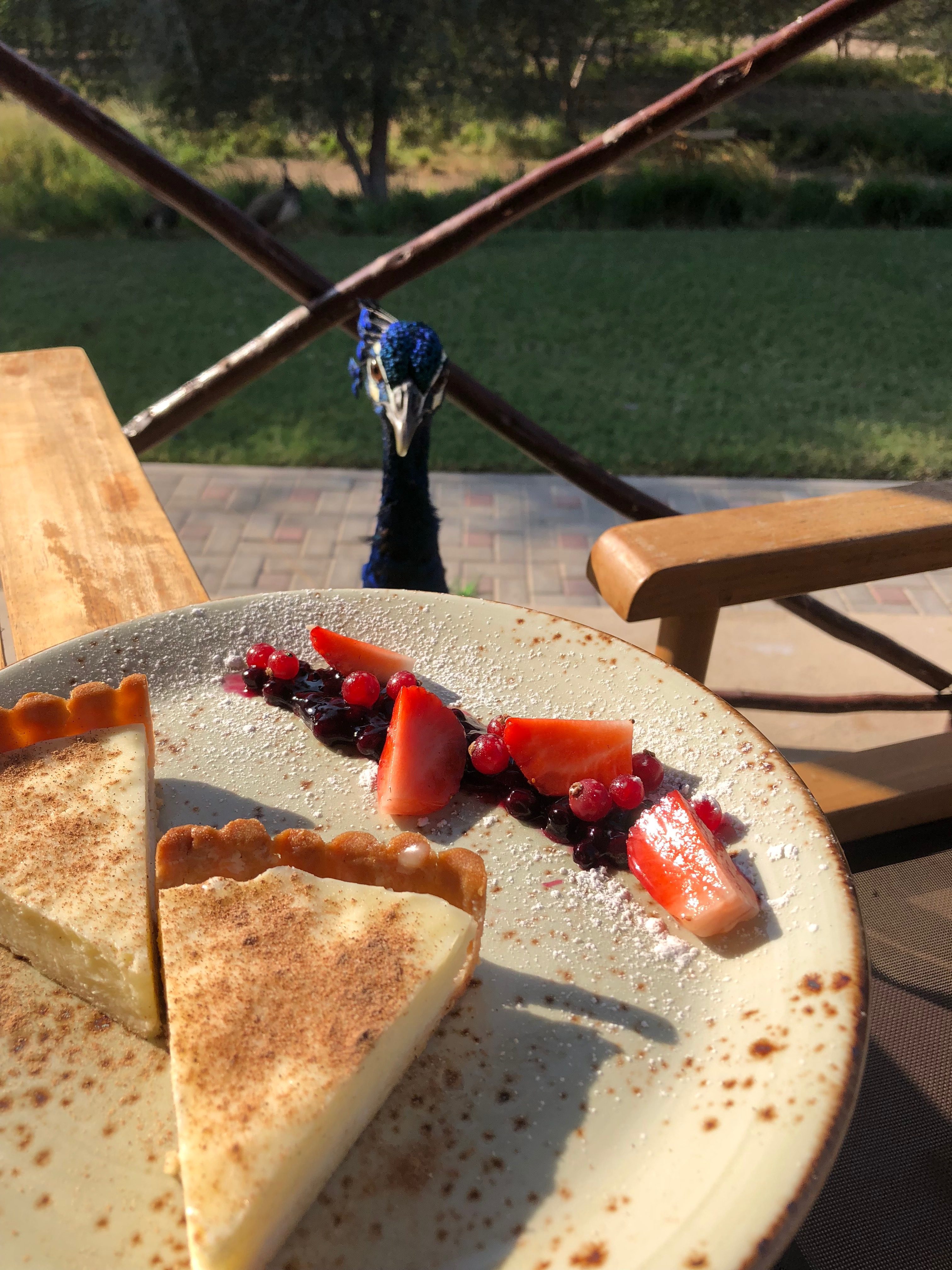
In fact, Al Yamm Villas is part of the wildlife conservation island of Sir Baniyas!
Basically, you are vacationing IN a wildlife reserve!
That’s 17,000 HELLOS like the one captured in the dessert photo above.
No other resort in the UAE can possibly match the location of Al Yamm Villas.
You start with a ferry ride – you won’t need your car on Sir Baniyas Island.
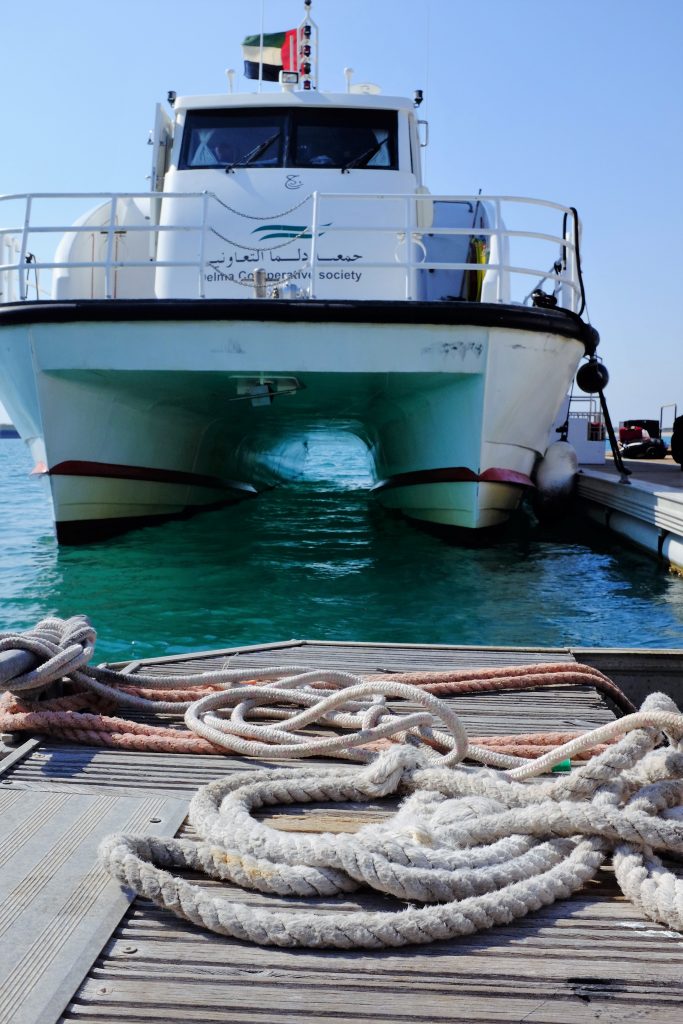
At your villa, you are basically a royal guest.
The island was used exclusively by the Royal Family, and the conservation effort was started by the beloved late HH Sheikh Zayed.
The 30 villas of Al Yamm are one of three resorts, all managed by Anantara.
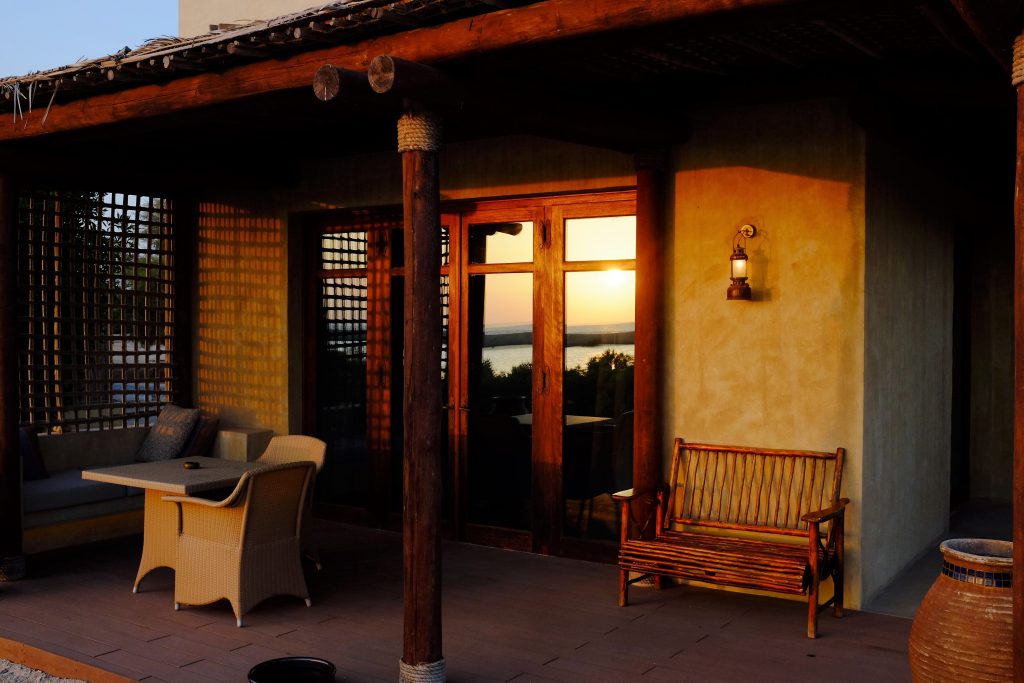
The natural surroundings are peaceful, and you are at one with nature.
The sunset…
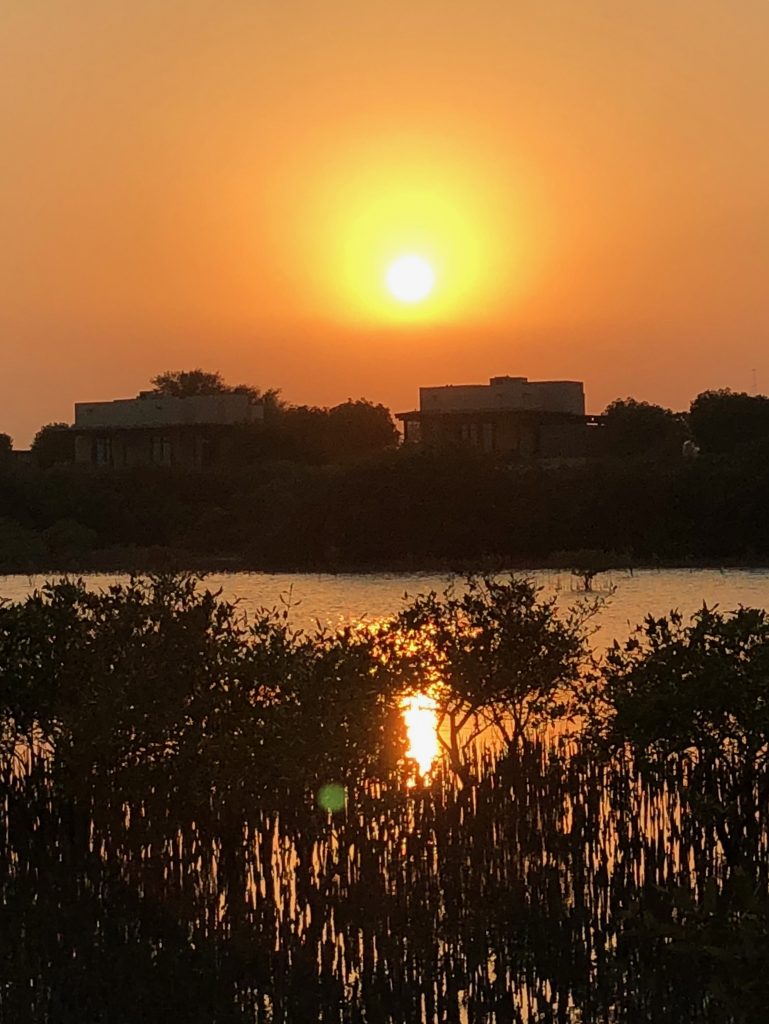
…rivals the sunrise.
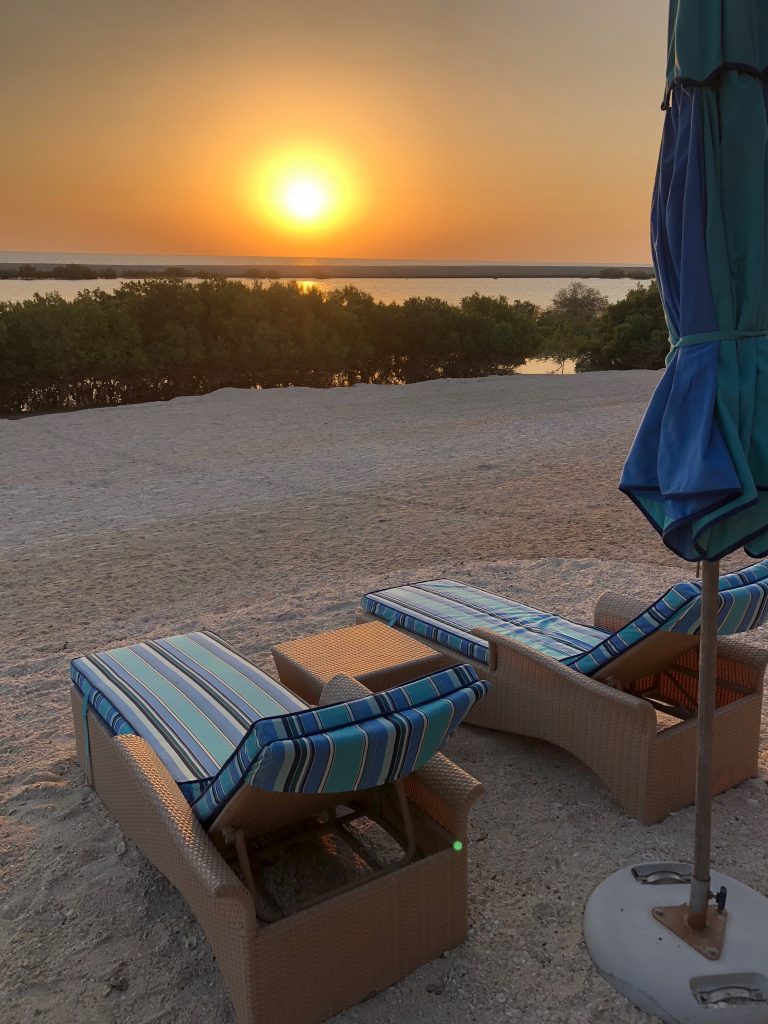
And the villas’ main reception and restaurant, as well as the villa itself, pamper you with all amenities.
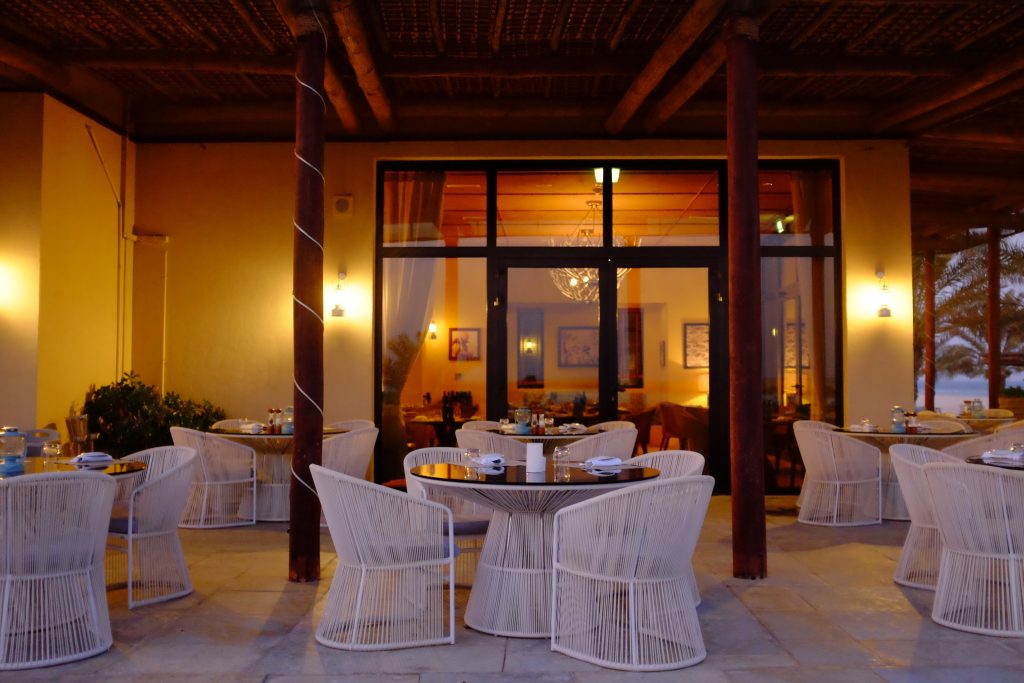
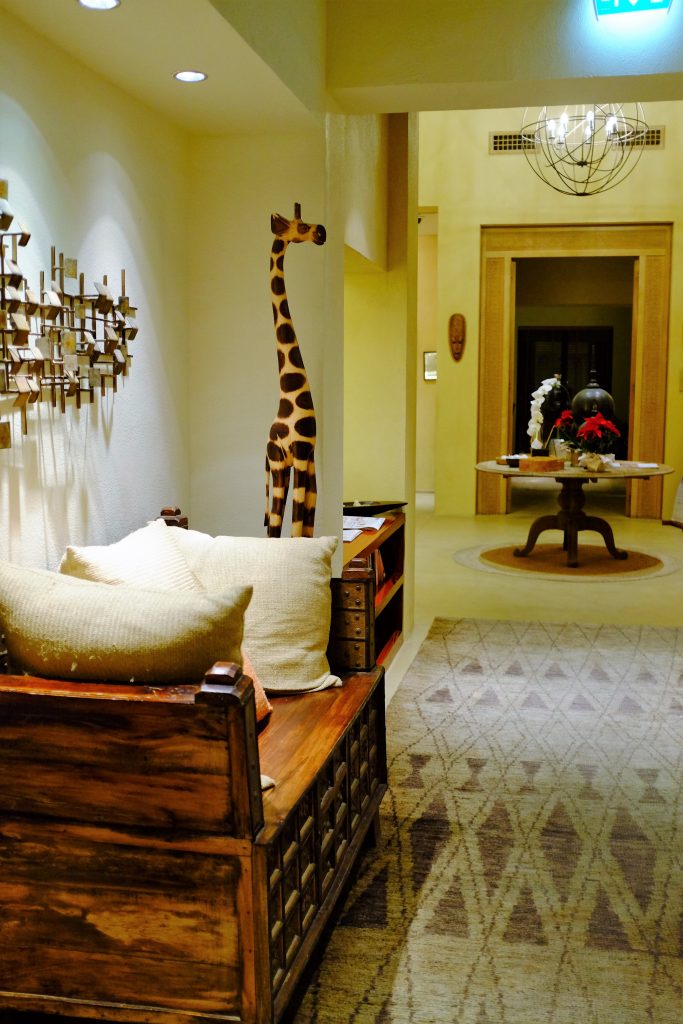
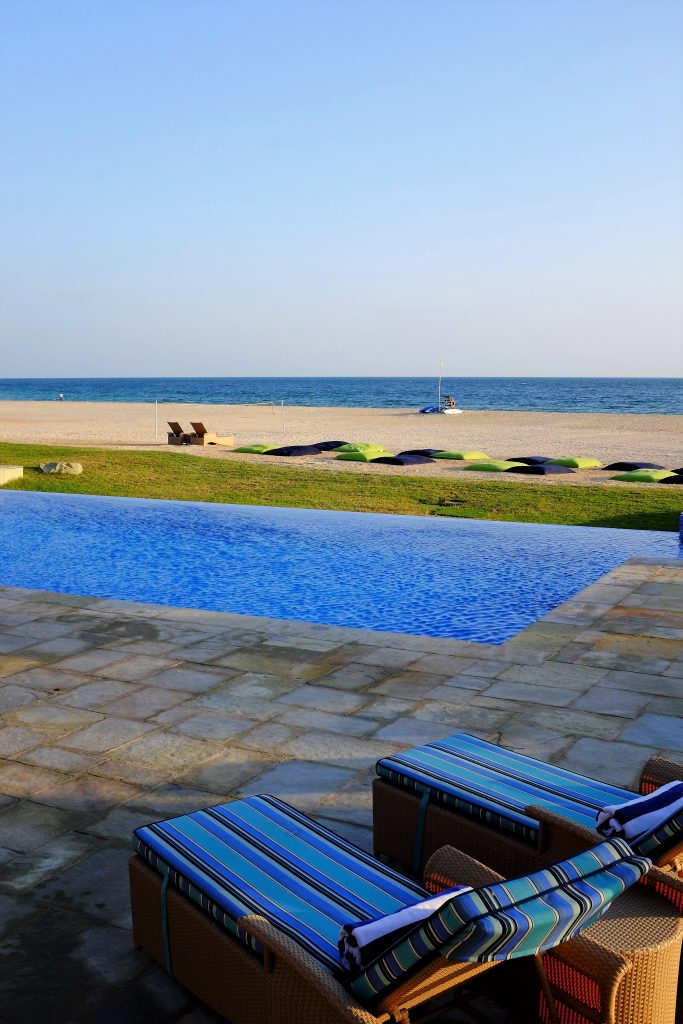
And your breakfast view can be from the terrace, facing the pool and the sea,
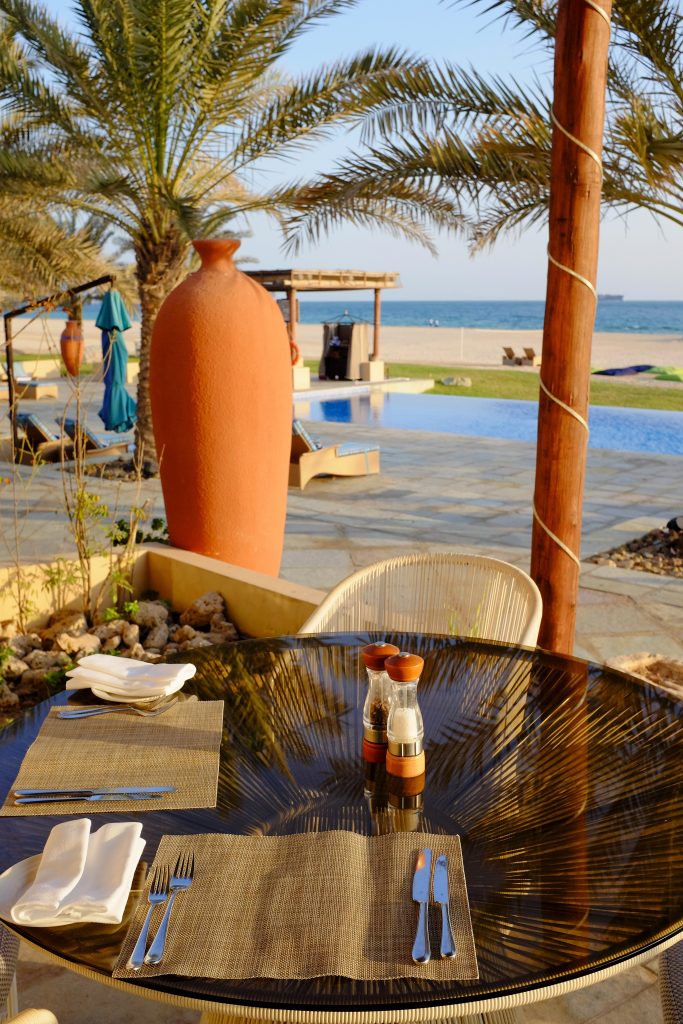
or indoors, in the dining hall.
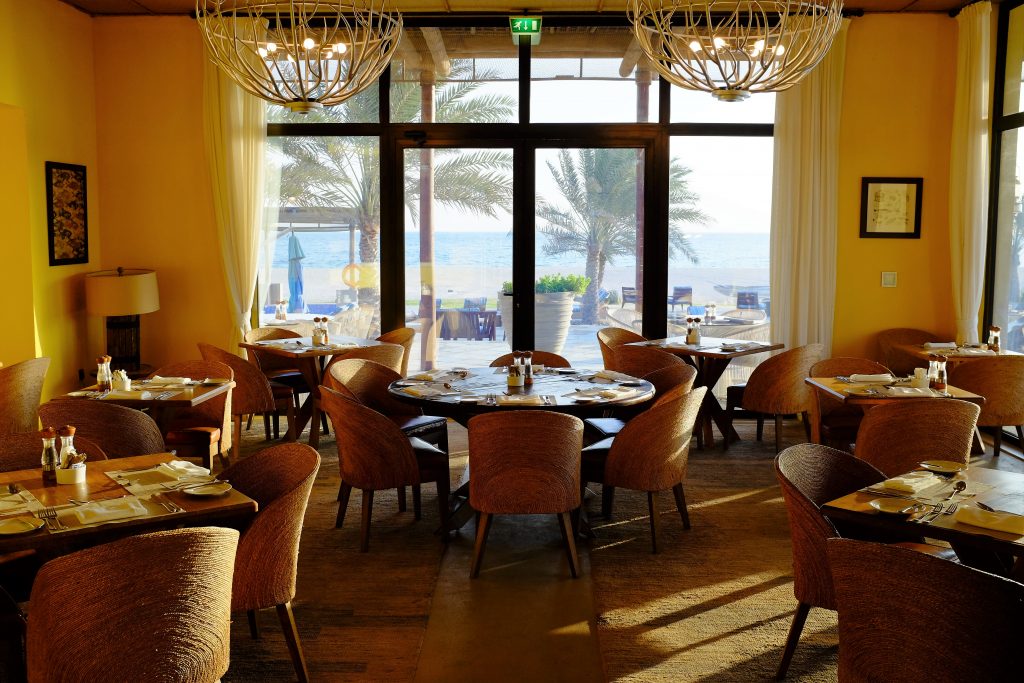
But it is when you get outside that you realize just how special a stay at Al Yamm Villas really is.
Thanks to decades of conservation work and ecological investment, the island is home to thousands of large free-roaming animals and several million trees and plants. A bird sanctuary as well as a wildlife reserve, Sir Bani Yas showcases nature through activities such as kayaking, mountain biking, archery, hiking, snorkeling, and adventure safaris in custom-built Land Cruisers.
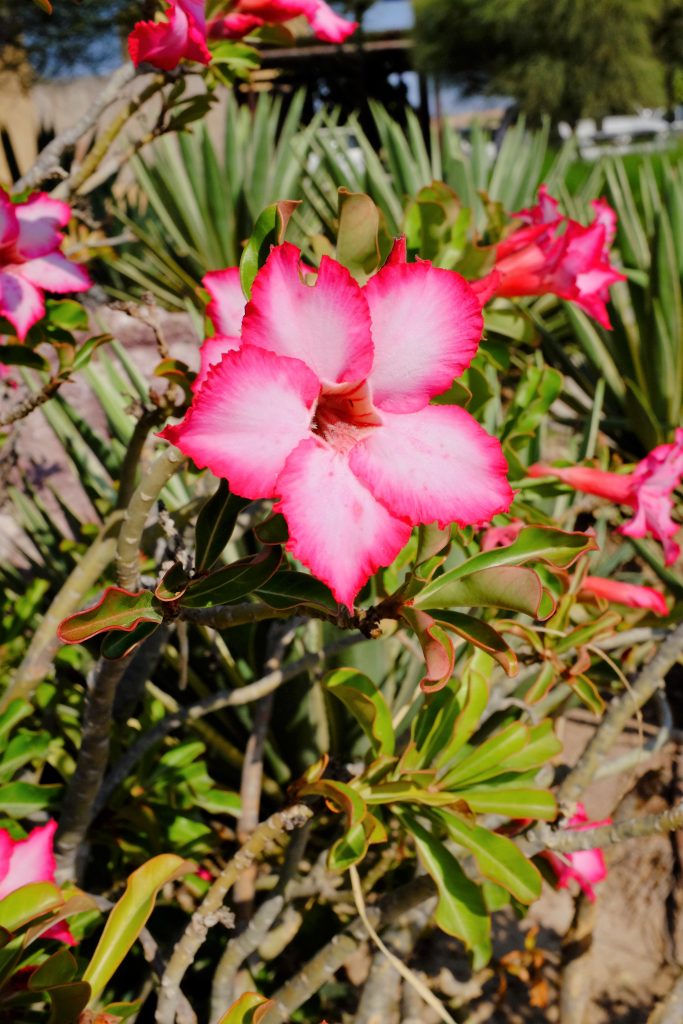
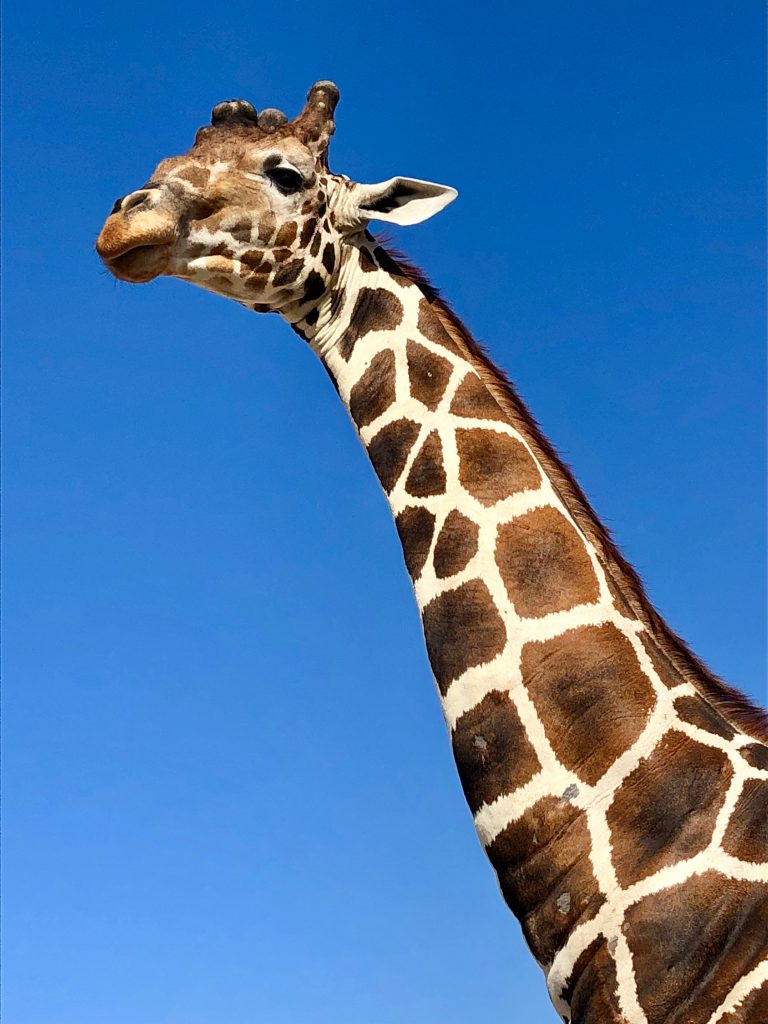
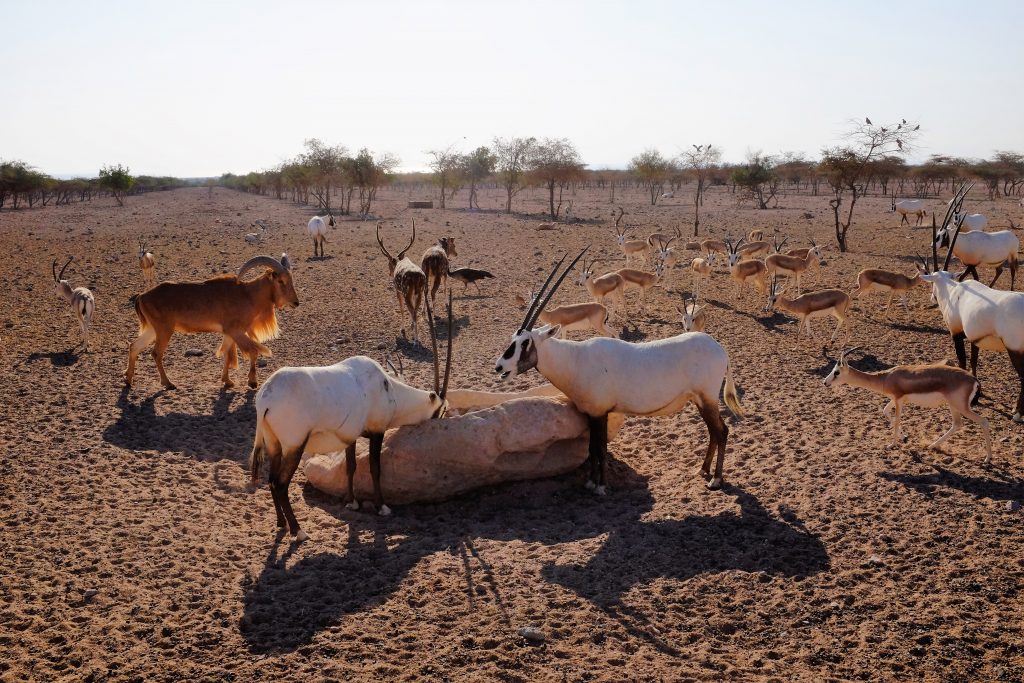
The safari tour is a highlight of your stay, and the professional guide is both knowledgeable and funny – Marliene brought her expertise and passion for animal conservation from South Africa.

And even at lunch you are close to nature!
Dining with gazelles
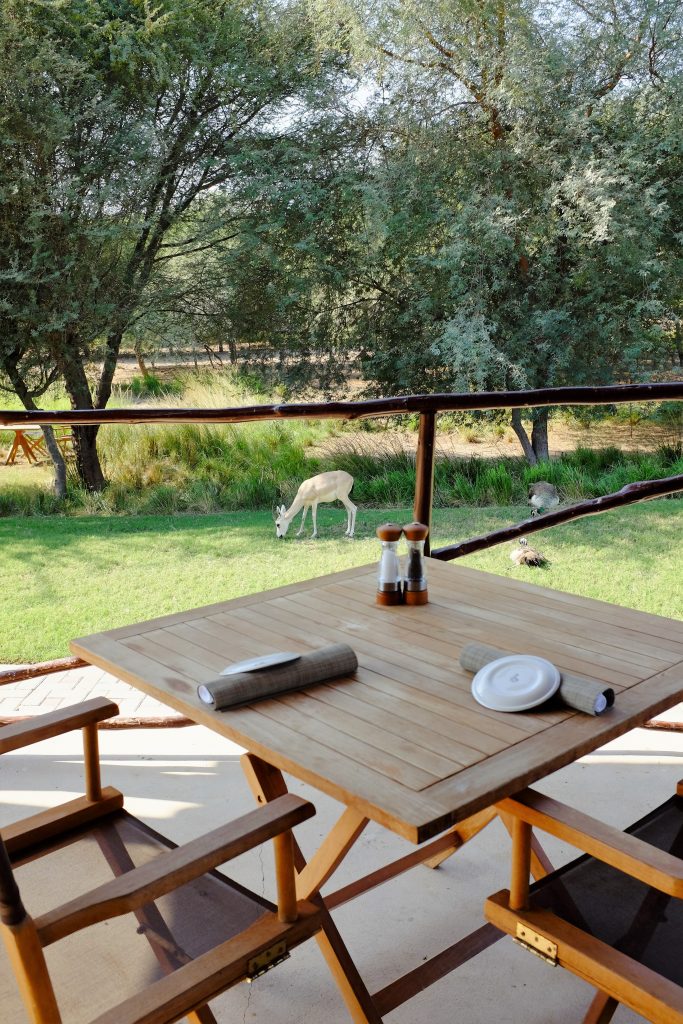
And the cheeky peacock of the dessert photo-shoot… did he or didn’t he?
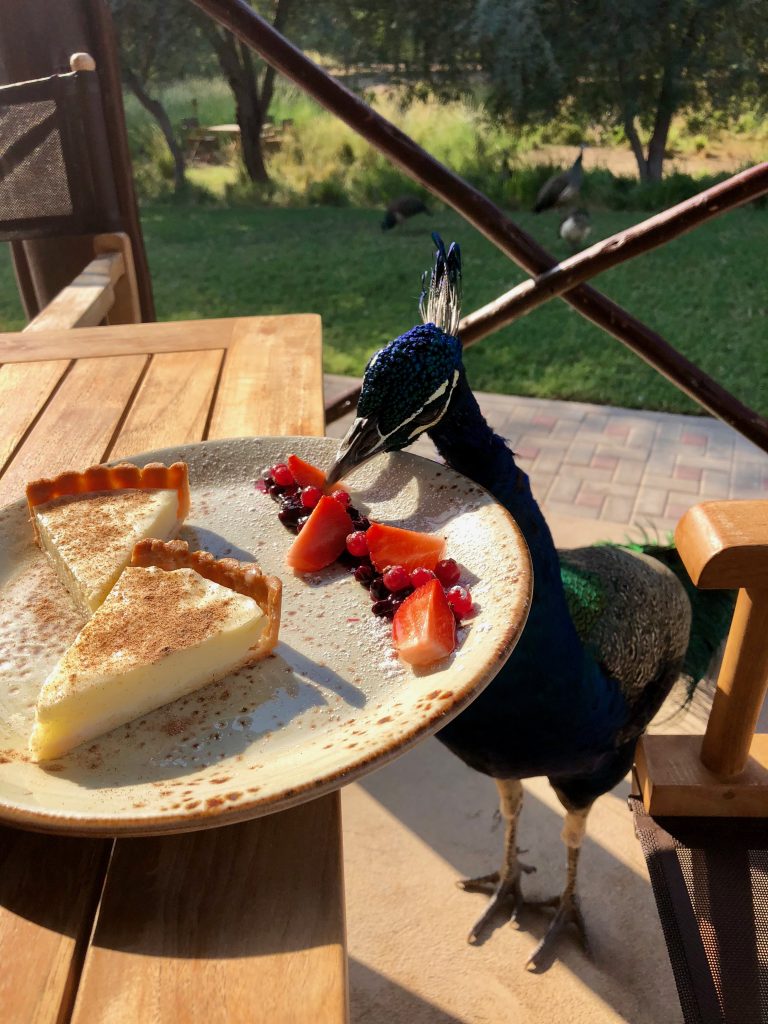
Oh , he sure did!
The dining is shared among the three resorts, and so your options are all first-class.
An excellent example of the level of care that Anantara operates at,

at Seafood Grill Night, not only are the freshest sea creatures prepared for your delight,

but then also the cooking methods are at your service: grilled on natural coals, deep-fried on the spot, stir-fried at a dedicated live cooking wok station, or even deliciously baked in tanoor clay oven – all that at the beachside, plus a full-depth buffet, including a giant seafood paella platter and delicate fine-dining from appetizer to dessert!
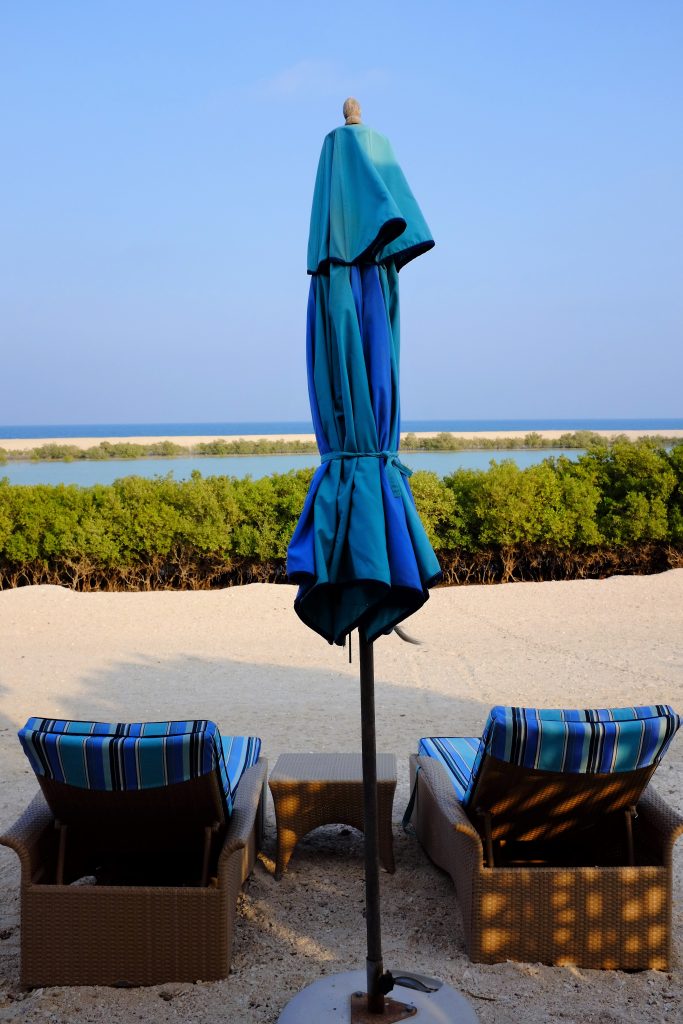
And so the experience is both invigorating as it is unique.
To observe a world-class wildlife conservation effort – which has already brought back species from the verge of extinction – while basking in the luxuries of a prestigious beach resort, is an experience second to none in the UAE.
And, I will add more, to live or visit the UAE and not venture out to Sir Baniyas Island for a weekend is simply unforgivable.

